Buying A Used Aircraft: Cessna 210 Centurion
Having owned a 1978 T210 for over 20 years, I found the article accurate but missing one important point: CO in the cabin is a common problem. The aircraft operates with the cabin at negative pressure, and the exhaust is pulled inside the airframe under the cabin floor. The inspection plates in the floor of the cabin must be sealed with duct tape. The standard exhaust heater is prone to leaks, with spiral fins welded to the inner tube. 50 hr. inspections required. Replaced by the Knisley exhaust with headless screws welded to the inner tube instead of the spiral fins, inspection goes to 100 hr. A CO detector is a must.
A fuel efficient (14.5 gal./hr. at cruse, LOP), load carrying and tough airplane with still the best efficiency in its class.
Dick Madding
A strut-braced (1964?) C210 was the first airplane I ever “flew,” aged around 4 and sitting on a booster seat so I could see over the nose and see where I was steering. Handling gear and flaps on command prepared me for later life as a copilot. I remember an argument between my father and the co-owner over whether the nose gear retracted forward or aft being settled by cracking the gear doors open with the emergency handpump. After many memorable family holiday and dad and son weekend that plane was sold because the co-owner upgraded to a 310. The need to haul a family of five remained and was taken over by a club owned 1980 T210N which is connected to various trips during my teenage years. It even had radar! Having to use a C150 to get my own PPL sure felt like a step down after all that Centurion time. Having earned my license and some hours I was allowed to fly another T210, this one with Stormscope. When hired by an airline to fly a DeHavilland Dash 7 there was no big difference in speed or handling to cope with. My last C210 flight was in 1995 but I shall always keep a fond memory of that versatile plane.
Siegfried Lenz
Post-Repair Flights: Recognize The Risks
Wise advice. I once collected a friend’s aircraft from an airfield in North London after its annual. As we made a transit through Heathrow airspace on the way home and after operating the cabin heater controls, I spelled something volatile. Was it fuel? I wasn’t sure – it had a Continental diesel engine. Upon landing at the home base on the South coast, I phoned the shop and spoke with the Chief Engineer. He was incredulous, asking: “why didn’t you turn back?!” I mumbled something sheepish, because he was right of course. He said he’d speak with the engineer and call me back. When he called he said that WD40 had been used in the heater air circuit to ease a sticking cable. So no threat in this case – but I did learn a lesson.
Bob G.
Dick: Great article. Here are a few things I’ve found in post maintenance flights, beginning with a comment on control surfaces…
You wrote “…the big-time post-maintenance accident creators are control surfaces and trim tabs.” I agree. Your remedy was to ‘box the controls’. That won’t catch the most insidious problem where misrigging occurs. A few years ago, two very experienced pilots died because they failed to notice when the yoke of a Piper Malibu was turned right (or left) ‘thumbs UP’ falsely suggested correct rigging. The proper rigging check is ‘thumbs UP’ for the aileron in the direction of turn AND! ‘Thumbs DOWN’ for the opposite aileron. Their aircraft was rigged to have BOTH ailerons come UP when the yoke was exercised … but the Thumbs DOWN side only deflected UP half way. The Pilot flying was able regain control after a VERY difficult liftoff. He successfully lined up to return to the runway, but as the plane slowed to land it suddenly rolled inverted into an adjacent river.
Twice I’ve found ‘oil canning’ in the left horizontal stabilizer of a CAP C182 during a post maintenance pre-flight. My guess is some pilot(s) who flew it were too lazy to use a towbar when the parked the plane in its spot. The manager of the shop that repaired the severe instance of oil canning told me 12 rivets were pulled through the spar.
A good, thorough runup is important. A sparkplug wire came loose when I picked up a Part 135 C182 when I did the post 100-hour pre-takeoff runup.
A hard look at the tires is a great idea. On a C182 RG I found a deep slice to the cords in one of the mains. On the same aircraft I found that the bolts used to attach the elevators were 1/8″ too long so they didn’t properly tighten.
On a couple of post maintenance pre-flights I’ve found wasp nests inside control surfaces that were missed during 100 hour inspections.
Even mundane items turn up during post maintenance pre-flights… like loose or missing screws. I’ve found them on the cowl, fuselage, cowls, and once or twice on spinners.
As you suggested, a post maintenance pre-flight is a big deal. For some aircraft it may be the most intent look for sqwauks it will receive until its next visit to maintenance.
John T.
CO Detectors? Let’s Go With Self Help First
We all seem to be in agreement that any mandate of this sort requires a lot more work before it can make any sense – liability issues being one example.
BUT … can we please also agree to stay away from those stick-on dots. They’re utterly useless and actually dangerous in the sense that they can trigger a false sense of security. They’re not an alarm of any sort – they don’t make a noise. So you’d have to actively look at them on a regular basis, like building them into your FREDA scan, in order to get any sort of indication that something might be wrong. I’ve seen them in charter planes a lot and most of the time, they were expired. So now they have to be part of your pre-takeoff cabin check and you had better have a replacement on hand.
And finally, if you want to get an idea of how CO poisoning can creep up on you gradually, impairing your own ability to identify it as it progresses, find “Dan Bass CO poisoning” on YouTube. That one is the most compelling case for detectors yet, in my view, because it shows how even a CO-aware pilot can make all the wrong decisions, partially because of the CO in the first place. But they’d have to be of a kind that actually gets your attention and gets you to do the right thing.
T.R.
I have always believed in CO detectors and bought my first modern, portable detector back when the price dropped below $200, which I velcroed to the top of the panel where I could see the warning lights.
One morning 5 or 6 years ago I went out to fly and during runup the detector went off big time, so I diverted to the shop where something, I forget what now, was found to be loose and quickly fixed.
Since this “flight” did not result in a smoking crater, though without the CO detector it well could have, this incident does not appear in any database.
With detectors now below $100 I think it is foolhardy not to have one in a closed cabin airplane.
As for the FAA making it a requirement, the issue will be can the FAA use common sense or will the FAA come up with draconian requirements that result in a specification that requires many hundreds, if not thousands, of dollars to meet for what should be a $99 piece of equipment.
Jim Pennino



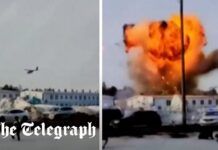
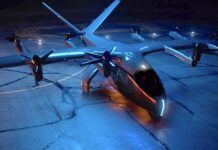
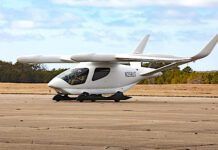
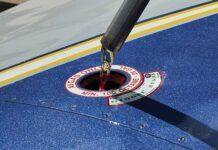
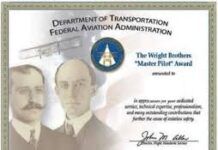
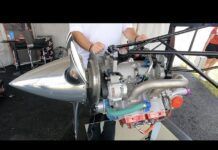

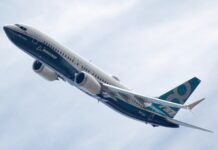

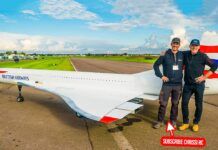

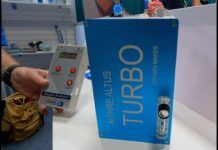

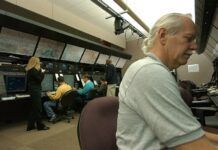
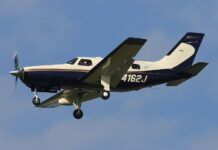

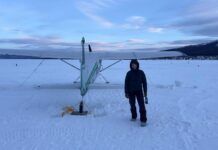

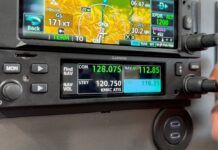
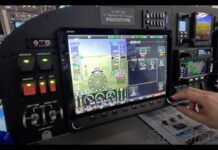

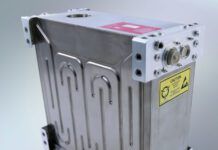

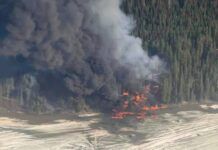

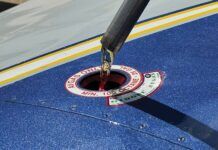

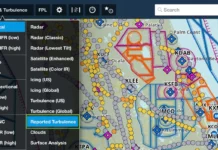
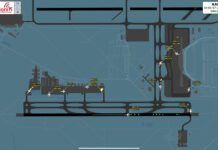

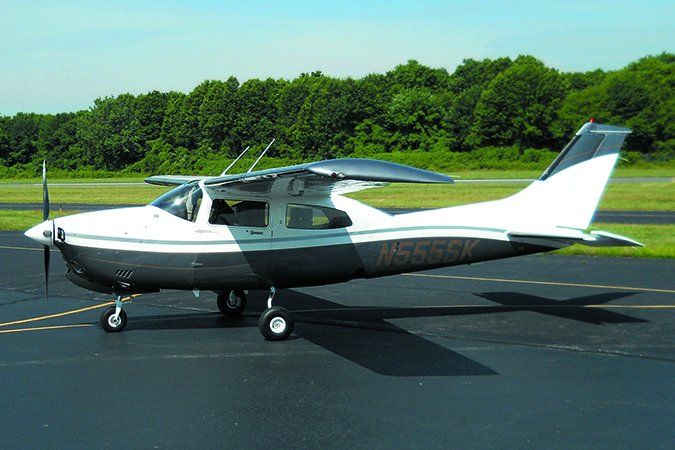
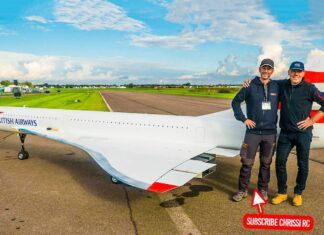
As a GA pilot flying a Lancair (I’m not, and I have, and I don’t know if they have RA’s or not) an erroneous height indication close to the ground while on approach or take-off with my brother in law as a passenger could cause a tragedy for two extended families.
The enormity of the responsibility that everyone in the safety chain , or that Swiss Cheese model of error mitigation, isn’t just a dang PowerPoint in a recurrent ground school, or an article in Flying magazine.
We’re talking a lot of loved ones.
Airbus has had an Operations Engineering Bulletin since 2013 regarding erroneous RA height indications unrelated to 5G since 2013. That means on takeoff or approach, the Guidance Mode may unexpectedly change and the bulletin at least gives us a heads up of remedial actions to mitigate the degraded guidance.
Eight years and still nothing but a Bulletin.
Now due to 5g, our outfit has a new Bulletin, a new flow chart, a new call out, “Radio Altimeter Alive”, and a new acronym, Alternative Method of Compliance (AMOC).
AMOC never turns out well. Just ask Bill Cosby.
This bulletin also uses the words “if pin programmed auto callouts are inoperative”. While Kitplane builders (I’m not one) have probably all struggled with an ornery Canon Plug, maybe some have actually had someone show them how to change the pins around to change the functionality of the connection, by far most of the guys I fly with are great sticks, but wouldn’t know a pin out from a pin up.
It seems to me the RA’s on the Bus talk to everything from the number 1 gear computer, to the TCAS, to a whole bunch of other 1987 era important gizmo’s. Disregarding CAT II’s and III’s, when I have to circle, it’s below RA height display becoming alive altitude, and the last thing I need to keep those folks behind me cramped up and mask angry (safe), is FiFi telling me something that may, or may not be true about something important.
Why have I been carrying around this old yellowed FCC Permit since 1978? I guess it ‘s more important that the FCC doesn’t let me see Lucy and Ricky sleeping in the same bed than assigning frequencies.
One more hole in the Swiss Cheese.
Sorry for the rant. Kinda cranky today, maybe time to start shopping for Lazy Boy’s.
Well, this is embarrassing. Completely wrong article to vent in. Probably won’t be my last “Oh Sh@T” of the day though.
Another 210 peculiarity, the fuel system. The 1978 210 featured fuel caps that leaked. In a hangar in the Midwest over a period of weeks, enough water could condense into the fuel that it would fill a drain tester with only water. The solution is to replace with Monarch caps, one tank at a time so as to be assured of a clean tank between replacements. Know your airplane. The fuel fill is located below the peak of the wing camber. A slight nose-up is necessary to completely fill the tanks. Standpipes on each filler opening end at the 32 gal./tank level from the ‘full’ 45 gal./tank. Always check after someone else has fueled the plane. Offer to install the cap and move the ladder for a fueler. Use an empirically calibrated dip stick as Part 1 of a redundant fuel management system. The long, flat tanks preclude accurate fuel gauges. (Humorous stories of off airport road landings with tractor gas and delivery by unlicensed fuel trucks.) Part 2, maintain a fuel log. Normally depart with enough fuel for the trip plus a weather-dependent reserve. Empty one tank before descent for landing. Most pilots don’t tanker fuel. While a fuel totalizer is nice, it doesn’t know how much you started with. Some day you will be very glad you know exactly how much fuel (flying time) you have on board.